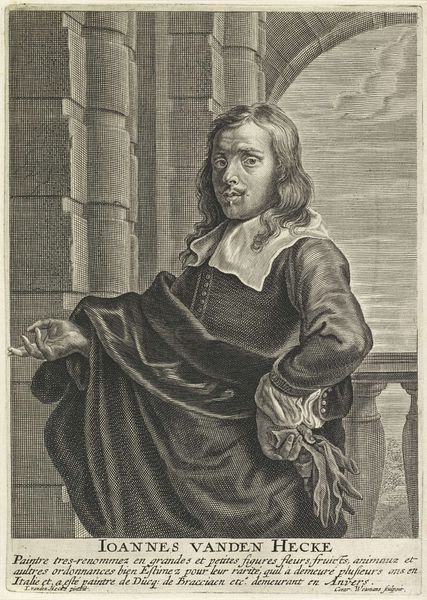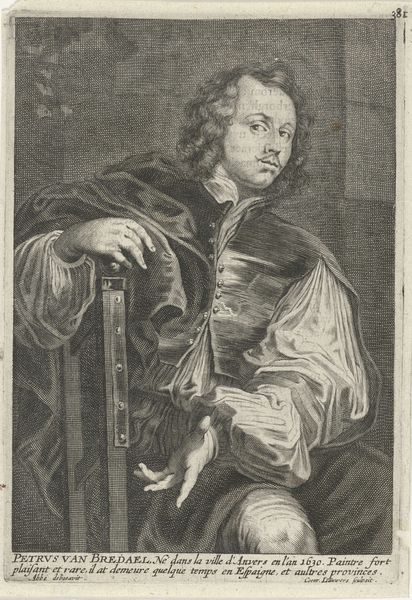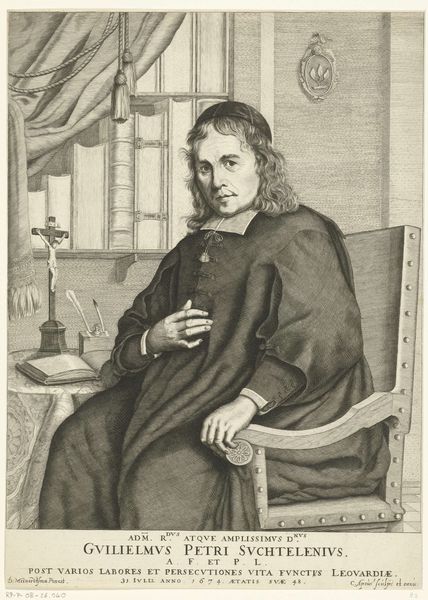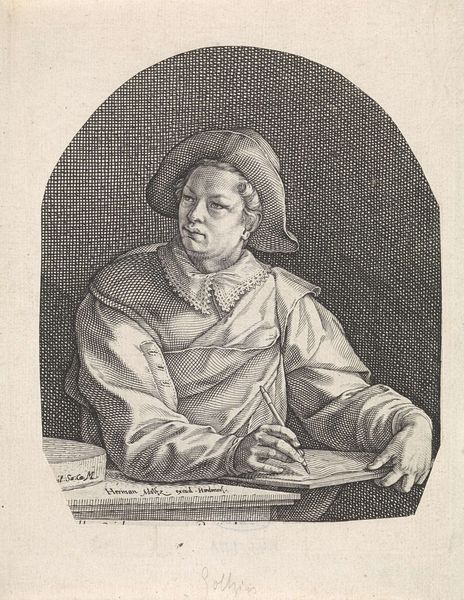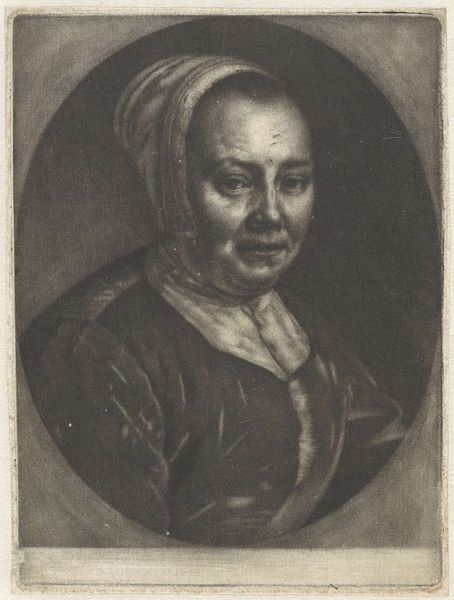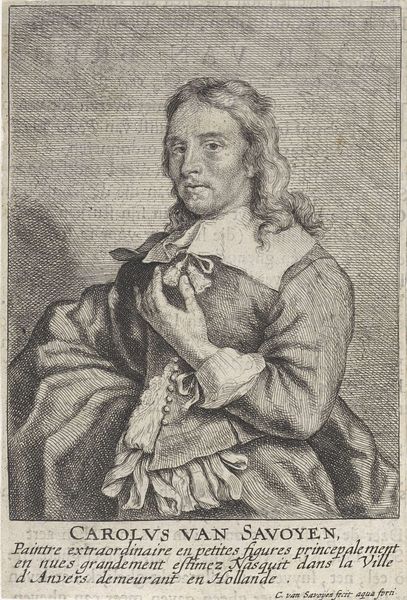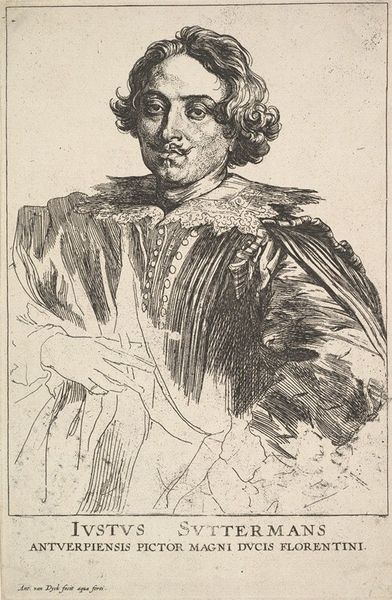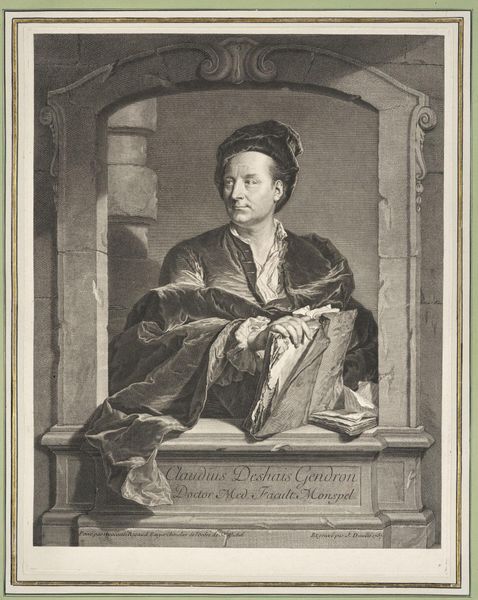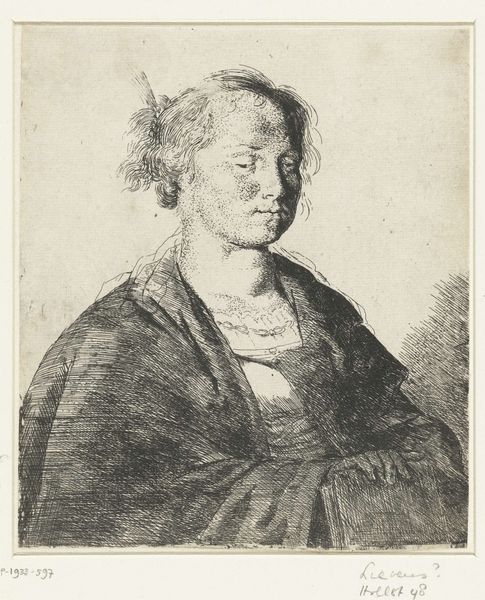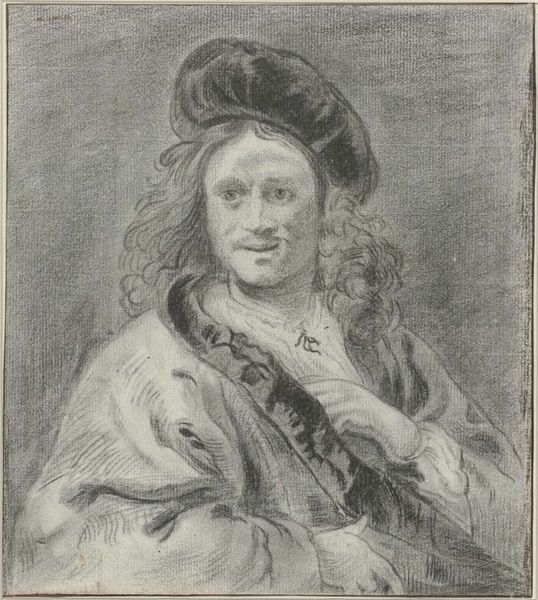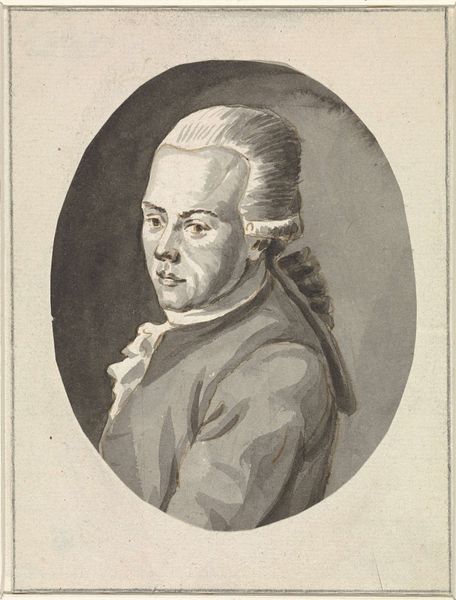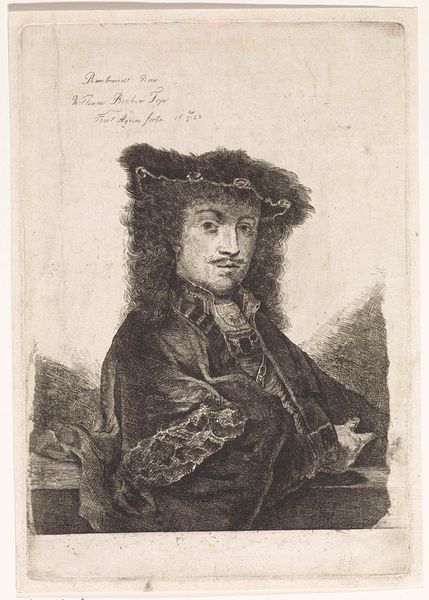
Portrait of Gaetano Filangieri 1780 - 1827
0:00
0:00
drawing, print, paper, ink
#
portrait
#
drawing
# print
#
charcoal drawing
#
paper
#
ink
#
romanticism
Dimensions: 6 11/16 x 4 9/16in. (17 x 11.6cm)
Copyright: Public Domain
Editor: This is Jean-Baptiste-François Bosio's "Portrait of Gaetano Filangieri," created sometime between 1780 and 1827, using ink and charcoal on paper. It’s such a relaxed pose; there’s an informality that strikes me. What do you see in this piece in terms of its broader context? Curator: The informality is key. Think about the period - this drawing exists amidst rising revolutions, and Filangieri, an intellectual himself, probably positioned himself strategically. Portraits, at this time, became crucial displays of power, intellect, and evolving social identities. Editor: So you think the setting—outside, near a tree—is important to the message? Curator: Precisely. Posed outside, the intellectual, Filangieri, connects himself to nature, a key theme in Enlightenment thought, which valued reason and natural rights. He is shown contemplative but also accessible, almost a "man of the people" despite his status. Who was Bosio making this portrait for? And what social sphere was he circulating within? These answers would influence the artwork greatly. Editor: That makes a lot of sense. It’s almost like he's curating his own image for posterity. Curator: Exactly! And consider the politics of portraiture in relation to shifting power structures, in a way that reveals broader cultural anxieties. Did Filangieri support certain ideologies? What was the cultural role of intellectuals at the time? His fashion is also key - a display of wealth. How does the visual tension between his elegant attire and the natural setting operate? Editor: I hadn't considered the outfit being part of the image he was constructing, but it's undeniable now that you point it out. Thanks for helping me see the politics in portraiture! Curator: Of course! Analyzing an artwork from the historical, social, and cultural circumstances reveals it's far more than just an aesthetically beautiful drawing; it’s a deliberate visual argument.
Comments
No comments
Be the first to comment and join the conversation on the ultimate creative platform.
